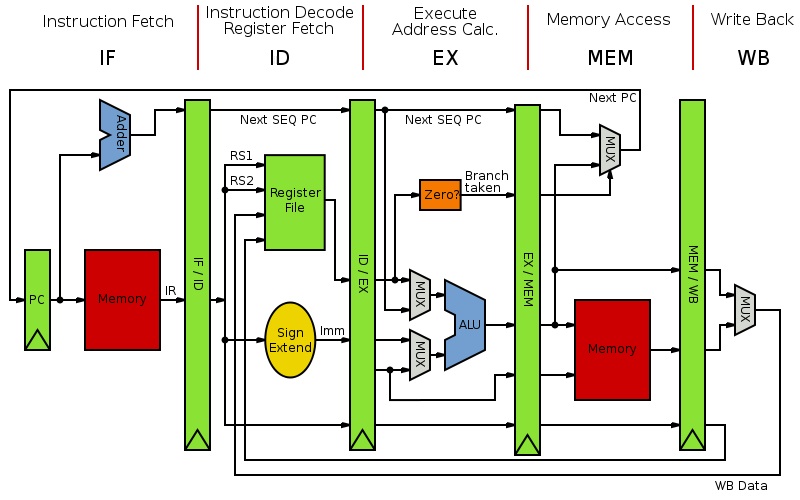
WEEK 9 LEARNING OBJECTIVES
Day 1
- Review the classic architectural memory hierarchy
(register, cache, main, electronic disk, magnetic disk, etc). Specifically
focus on size, speed, and cost.
- Compare and contrast SRAM and DRAM
in terms of access speed, number of transistors per bit, size, and price/GB.
- Define temporal locality.
- Define spatial locality.
- List examples of programming constructs that
suggest temporal or spatial locality.
- Explain the statement: "memory hierarchies
exist to exploit temporal and spatial locality."
- Define cache.
- State the age of cache memories as a computing
technology. In other words, is cache a "new idea" or one with deep
historical roots?
- Describe the classic split of cache memory into
levels called L1, L2, and L3. Note the traditional
locations (on-chip, motherboard) and the more modern locations.
- Describe the cache levels of your laptop computer.
Day 2
- Define block in the context of cache memory.
- Define cache hit.
- Define cache miss.
- Define hit rate.
- Define miss rate.
- Define hit time.
- Define miss penalty.
- Justify the statement "cache memory designers attempt
to maximize hit rate and minimize miss penalty by adjusting block size and
cache replacement strategies."
- Define direct mapped cache.
- Describe the classic direct mapped cache mapping
equation.
- State the structure of direct mapped cache storage
when the blocksize is a power-of-2.
- Justify the use of a validity bit in the structure
of a direct mapped cache.
- State the purpose of the tag bits in the structure
of a direct mapped cache.
- Diagram the cache contents as memory addresses are
presented during read and write operations.
- Suggest the hardware that would be designed to
determine if a memory read or write hits the cache. Use
a schematic blueprint, pseudocode, or a flowchart.
Day 3
- Calculate the total number of bits in a direct
mapped cache given the size of the memory addresses, blocksize, and either
total number of blocks or cache size.
- Calculate the block address of any memory byte address
presented to a cache if the cache size and blocksize are known.
- Explain the statement "exploit spatial locality by
increasing blocksize."
- Summarize the miss rate trend versus blocksize.
- State the disadvantages of large blocksize.
- Describe the early-restart and requested-word-first
techniques for reducing miss penalty with larger blocksize.